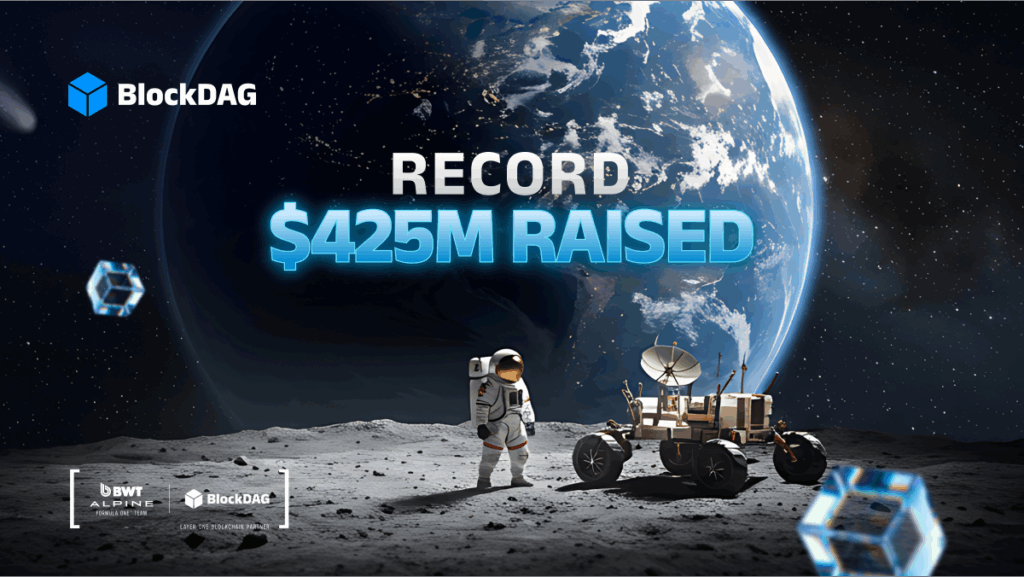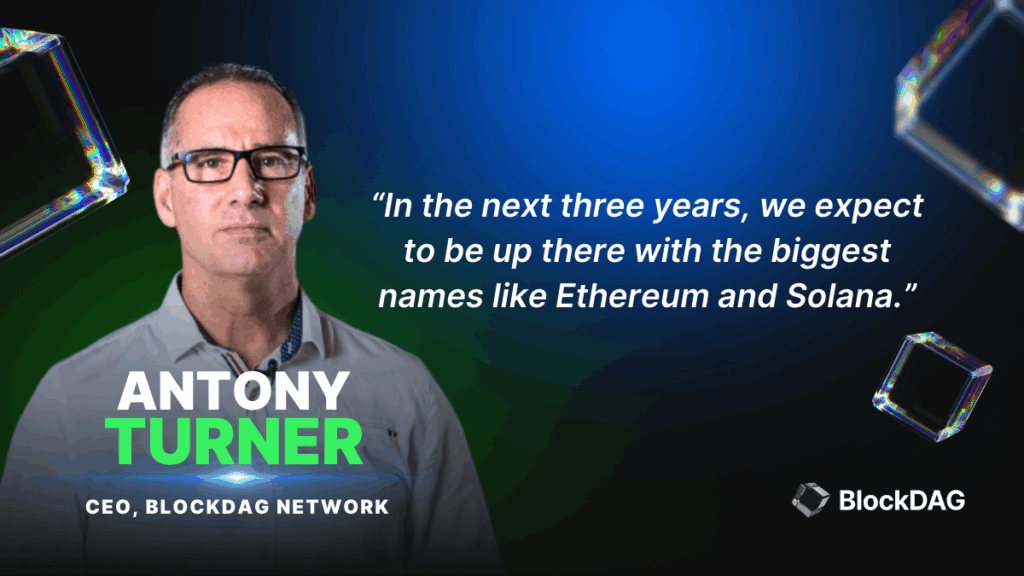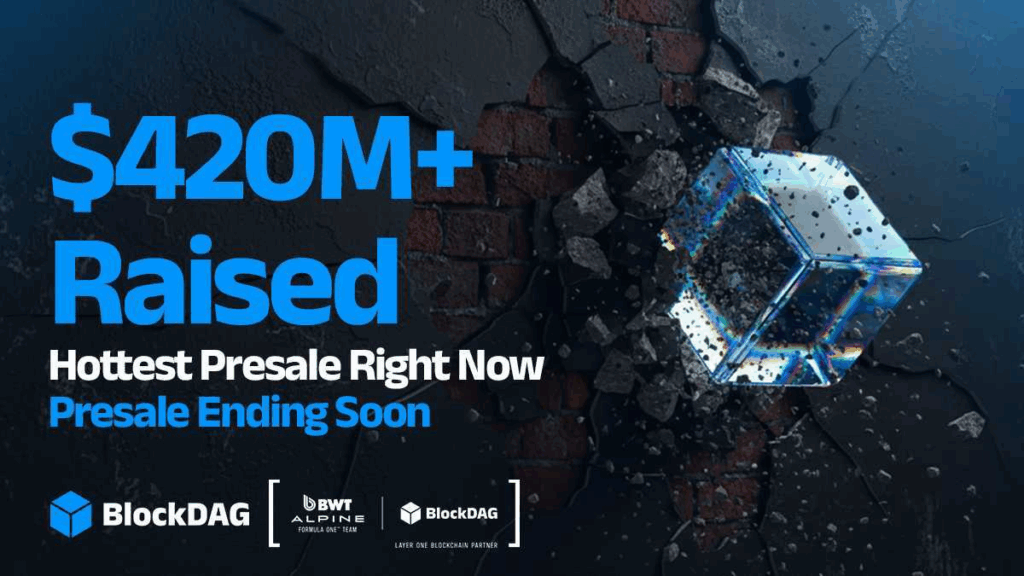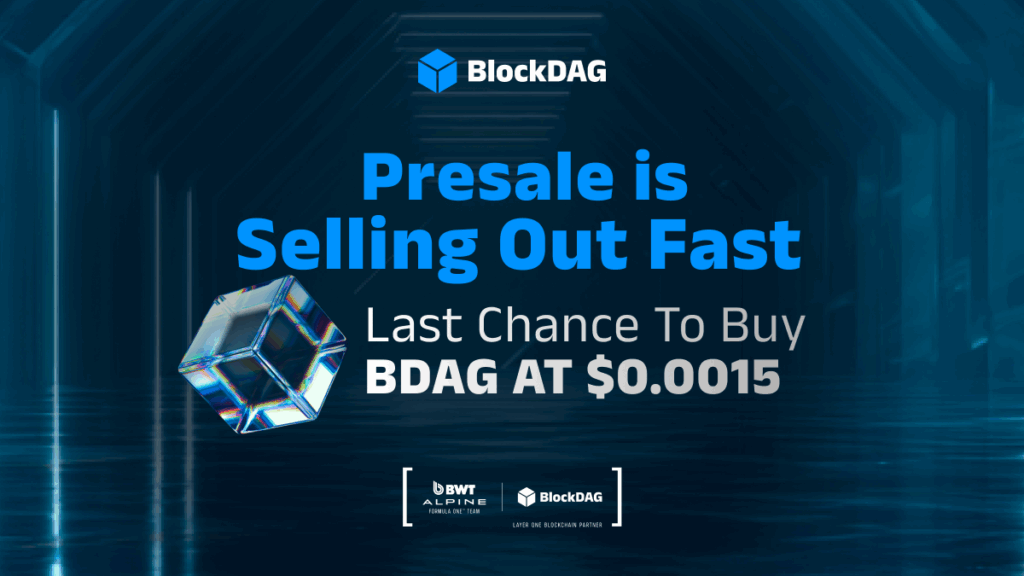The Layer-1 race is accelerating fast. Ethereum may still dominate, but as gas fees climb and network congestion continues, a new generation of scalable blockchains is stepping forward. Among them, BlockDAG (BDAG) is capturing global attention, not only for its hybrid architecture but also for its staggering $425 million+ presale success and real-world rollout.
Unlike many newcomers still promising to “revolutionize” blockchain, BlockDAG is already demonstrating tangible progress. Its combination of Proof-of-Work (PoW) and Directed Acyclic Graph (DAG) structures gives it the dual advantage of security and speed, a balance that’s proving rare in today’s market.
This report examines how BlockDAG stacks up against the likes of Avalanche, Cardano, and Polkadot, and whether it’s ready to join the next generation of top-tier Layer 1 leaders.
Where BlockDAG Fits in the Layer-1 Arena
BlockDAG is built for throughput and decentralization from the ground up. Traditional blockchains rely on single-chain confirmation, limiting transaction volume. BlockDAG’s multi-parent DAG design allows multiple blocks to be confirmed simultaneously, meaning thousands of transactions can run in parallel.
Ethereum still anchors the Layer-1 ecosystem, but its network constraints have left room for agile contenders. This is where BlockDAG’s hybrid model shines. Its PoW + DAG system blends the proven security of mining with the parallel efficiency of DAG architecture.
Another key advantage: EVM + WASM compatibility. Developers building on Ethereum can easily port their dApps to BlockDAG, while WebAssembly adds support for modern coding languages. This flexibility could attract thousands of developers who want Ethereum-level security without Ethereum-level fees.

And the numbers back up that optimism. BlockDAG has already raised over $425 million in its presale and sold more than 27 billion coins. The project’s Batch 31 price sits at $0.0304, marking an ROI of 2,940% since Batch 1. Early participants can still access a special limited time TGE entry price of $0.0015, a rare window as the project nears Genesis Day on November 26.
Measuring Against Avalanche, Cardano, and Polkadot
To understand BlockDAG’s positioning, it helps to compare it to other respected Layer-1 names.
Avalanche leads in throughput, with a network capable of handling thousands of transactions per second. Its consensus model is quick and efficient, but it remains built on more traditional validation mechanics that limit flexibility.
Cardano, powered by Proof-of-Stake (PoS), focuses on sustainability and peer-reviewed development. It has cultivated a loyal developer community, yet its reliance on phased upgrades has slowed deployment speed and finality.
Polkadot, meanwhile, emphasizes interoperability, connecting different chains through its parachain framework. While impressive, this structure can introduce coordination complexity and slower governance decisions.
BlockDAG merges the strongest parts of all three. Its DAG architecture mirrors Avalanche’s speed but scales horizontally, processing many blocks at once. Its PoW component rivals Cardano’s security while offering immediate finality, and its cross-chain potential aligns with Polkadot’s interoperability goals.
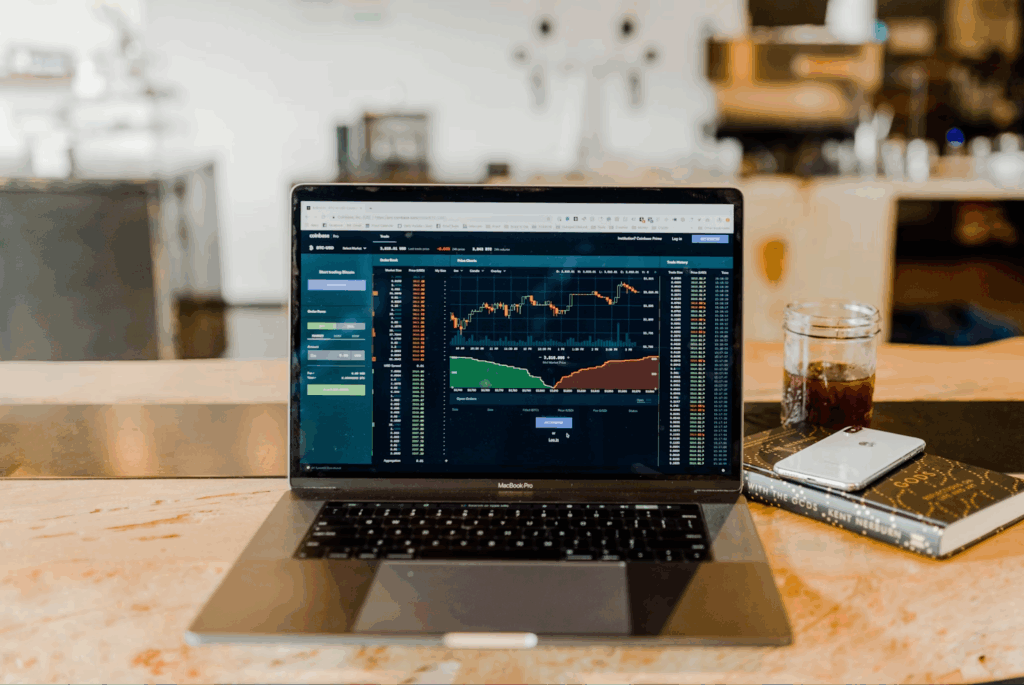
With this combination, BlockDAG positions itself as a Layer-1 with next-gen adaptability, faster than Avalanche, more decisive than Cardano, and more straightforward than Polkadot in execution.
Market-Cap Potential and Long-Term Outlook
Analysts are starting to include BlockDAG in their 2025 projections for top Layer-1 market-cap contenders. If its growth pace continues, many estimate a Top-20 ranking within its first full trading year.
The math supports that outlook. With an ROI of 2,940% since Batch 1 and the presale already crossing $425 million, BlockDAG could enter listings with one of the strongest liquidity profiles of any new network. Its growing developer ecosystem, combined with millions of active miners, could drive significant Total Value Locked (TVL) within months of launch.
The hybrid design also strengthens long-term sustainability. PoW maintains the network’s decentralized security, while the DAG structure ensures that performance doesn’t degrade as traffic scales. In other words, BlockDAG may avoid the “speed vs. security” trade-off that still plagues many blockchains.
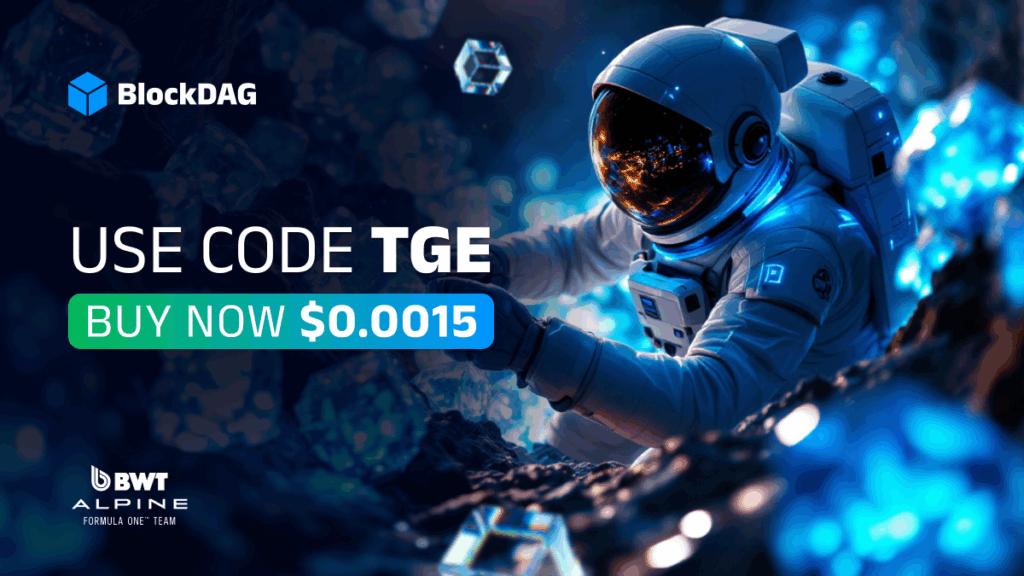
Strategic alliances, particularly the Formula 1® Team partnership, amplify brand credibility, drawing attention from both institutional circles and mainstream audiences. These elements combined give BlockDAG the momentum to challenge established leaders like Avalanche and Cardano head-on.
Ready for the Top 20?
Every market cycle brings one standout Layer-1 that reshapes expectations. Ethereum did it in 2015. Solana followed in 2021. Now, in 2025, many believe BlockDAG could be next.
It blends speed, security, and interoperability in a way that addresses nearly every weakness of its predecessors. Add to that EVM + WASM integration, real hardware deployment, and a passionate mining community, and you have a Layer-1 network already functioning before its first public listing.
The figures speak volumes: $425M+ raised, 27B+ coins sold, 3.5M+ miners onboarded, and 20K+ hardware units deployed. With its hybrid PoW + DAG framework and clear roadmap toward Genesis Day on November 26, BlockDAG has everything it needs to enter the elite ranks of blockchain infrastructure.
If it maintains this pace, BlockDAG could easily become the next headline name in Layer-1 dominance, joining and possibly surpassing the very projects it once sought to challenge. For those watching the space closely, the message is clear: the Layer-1 revolution isn’t coming someday. With BlockDAG, it’s already underway.

Presale: https://purchase.blockdag.network
Website: https://blockdag.network
Telegram: https://t.me/blockDAGnetworkOfficial
Discord: https://discord.gg/Q7BxghMVyu
Disclaimer: Any information written in this press release does not constitute investment advice. Optimisus does not, and will not endorse any information about any company or individual on this page. Readers are encouraged to do their own research and base any actions on their own findings, not on any content written in this press release. Optimisus is and will not be responsible for any damage or loss caused directly or indirectly by the use of any content, product, or service mentioned in this press release.
